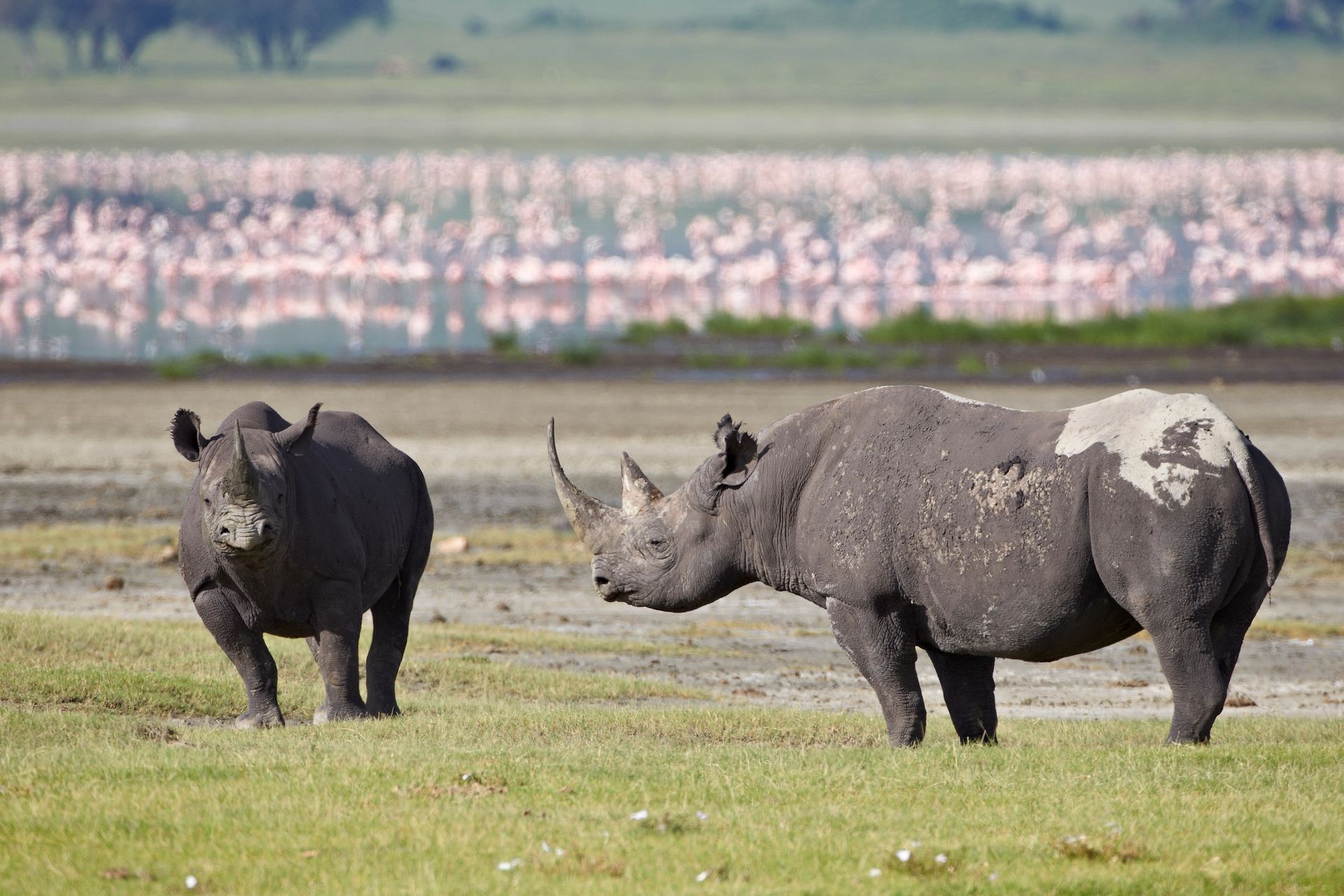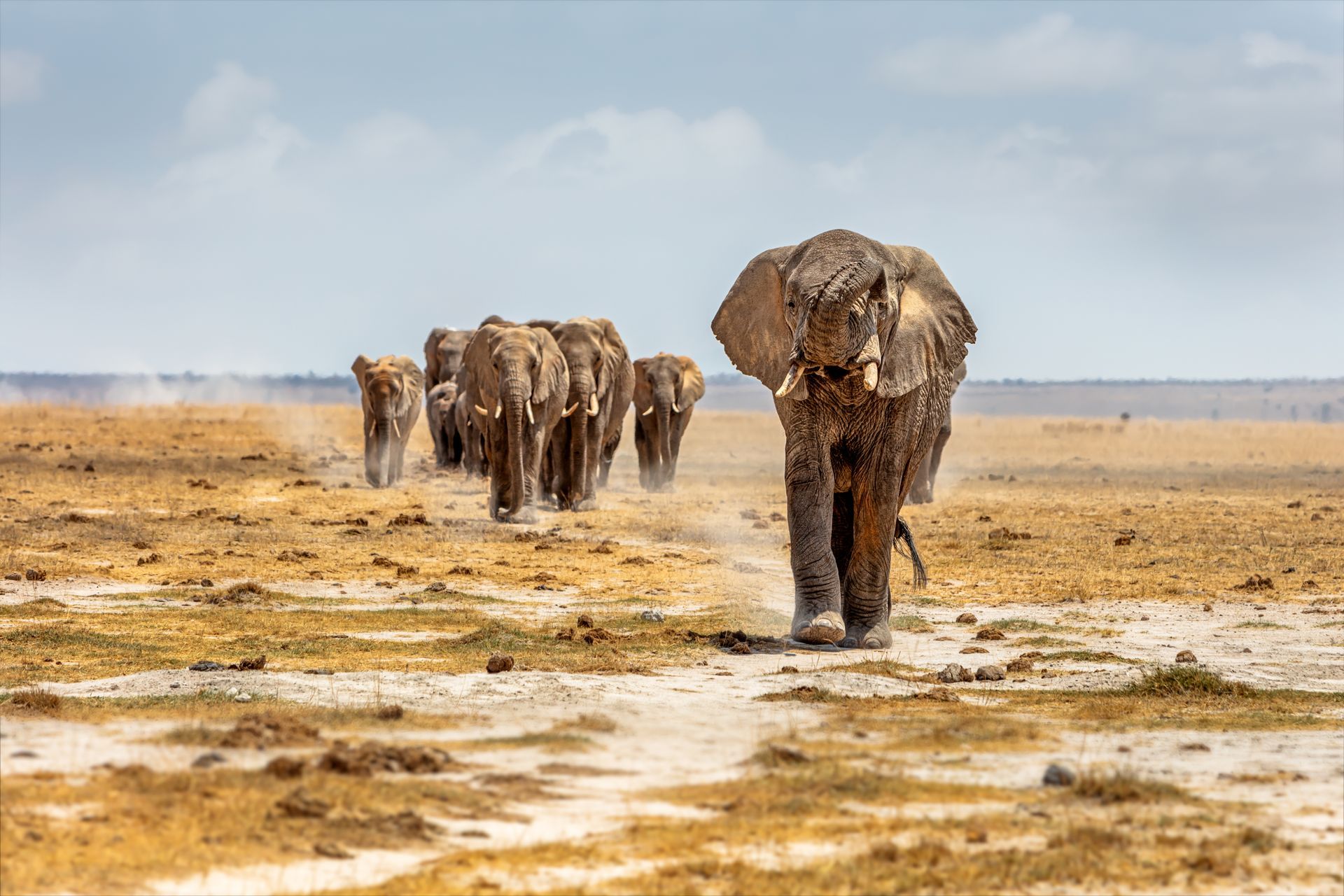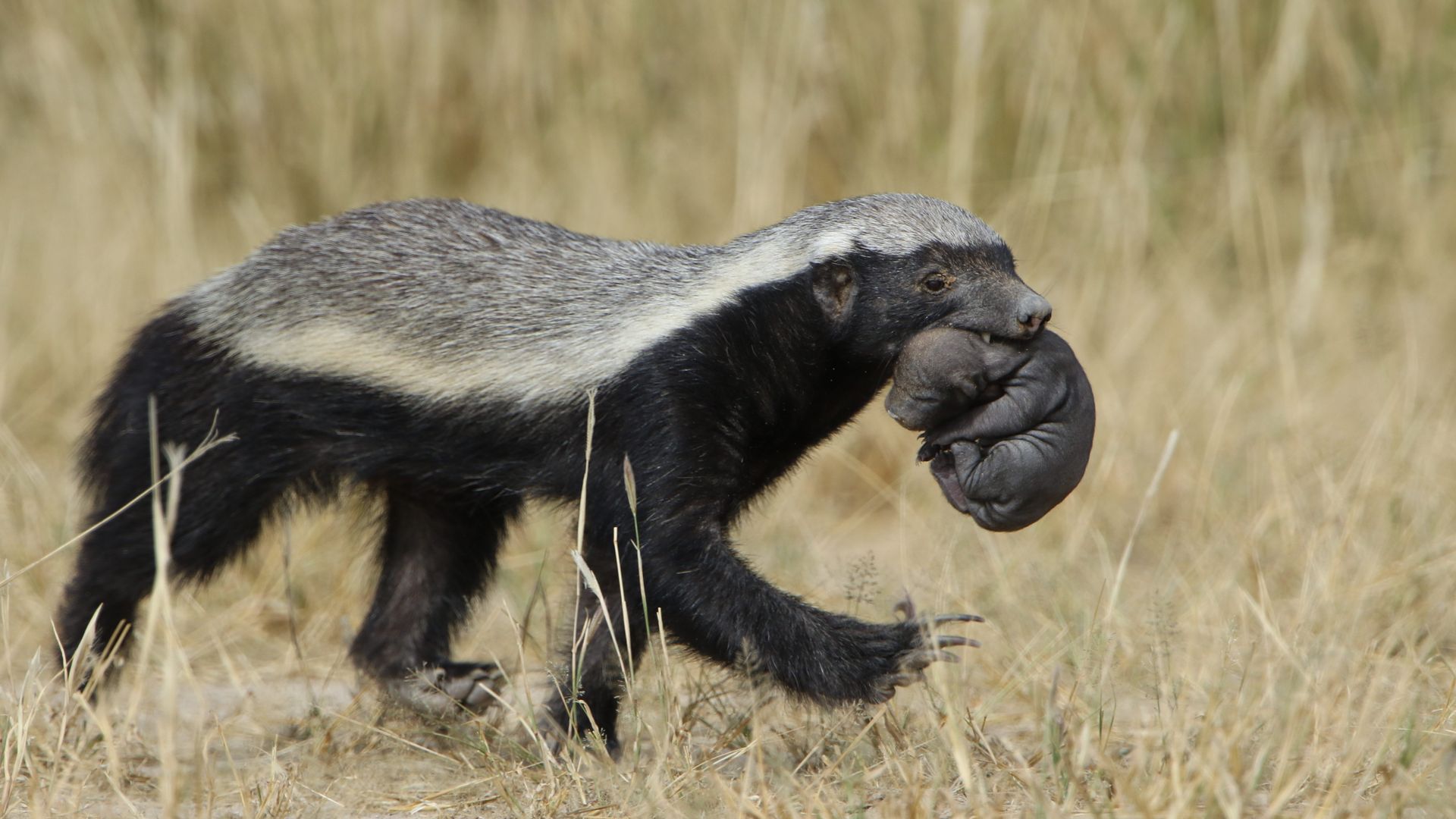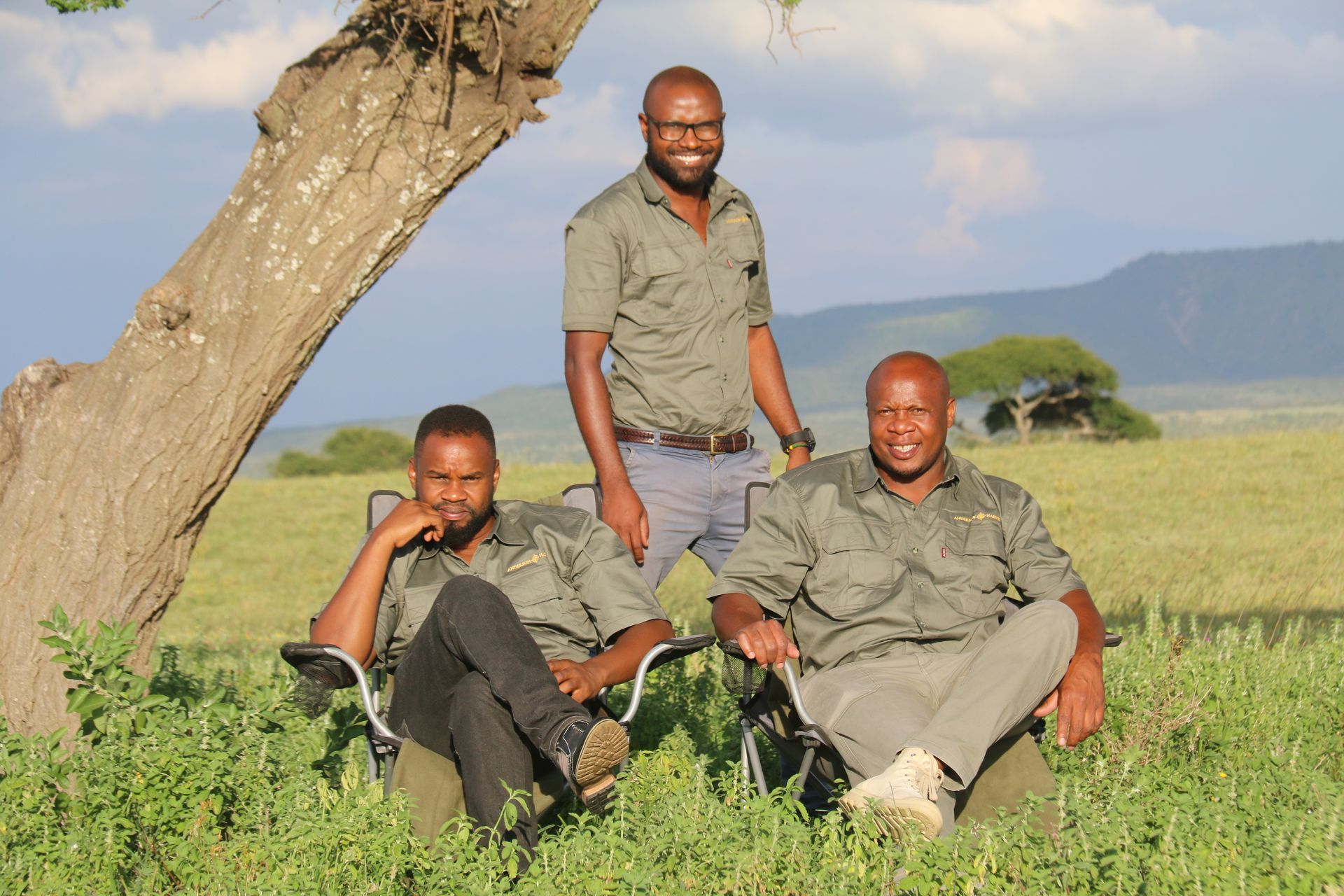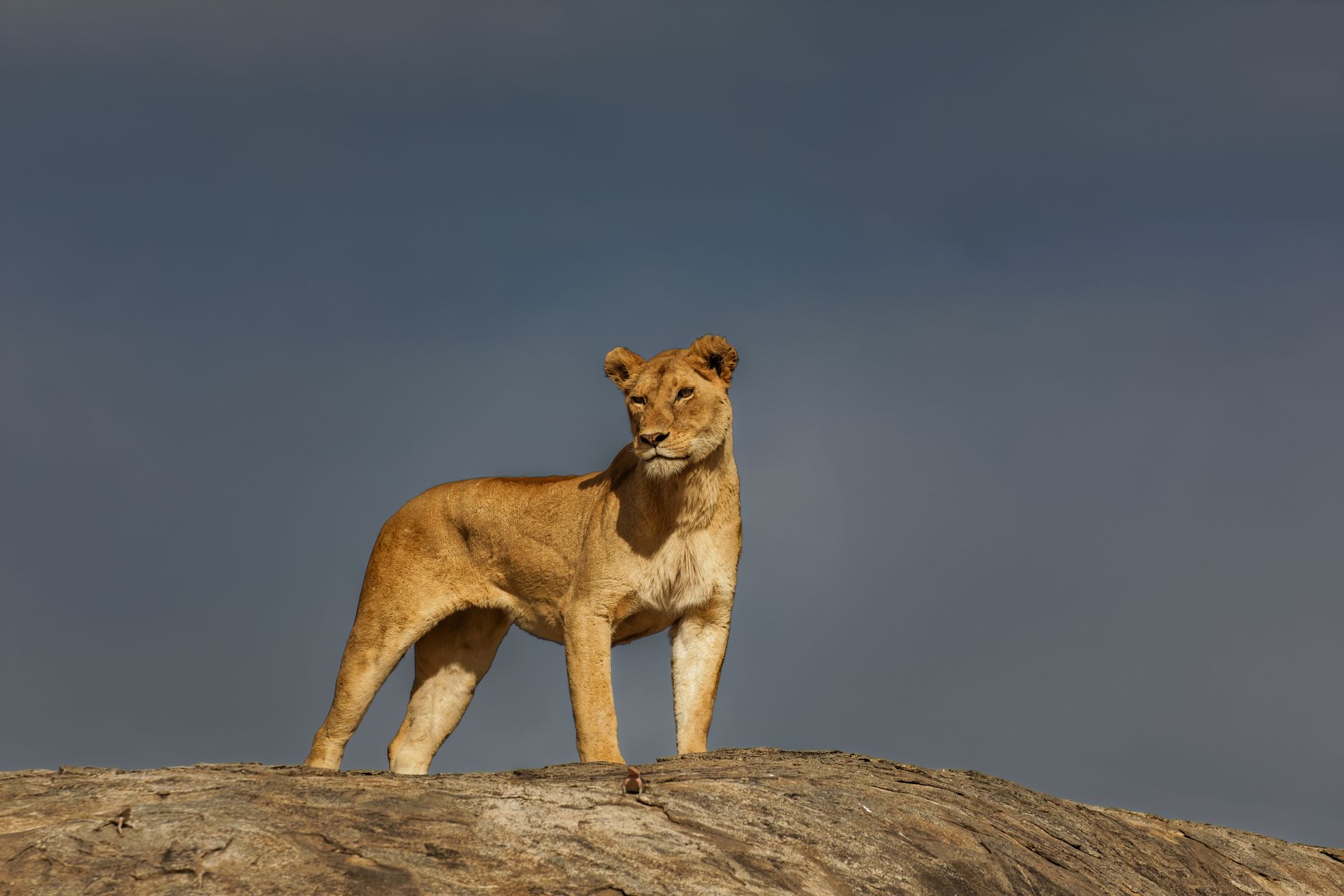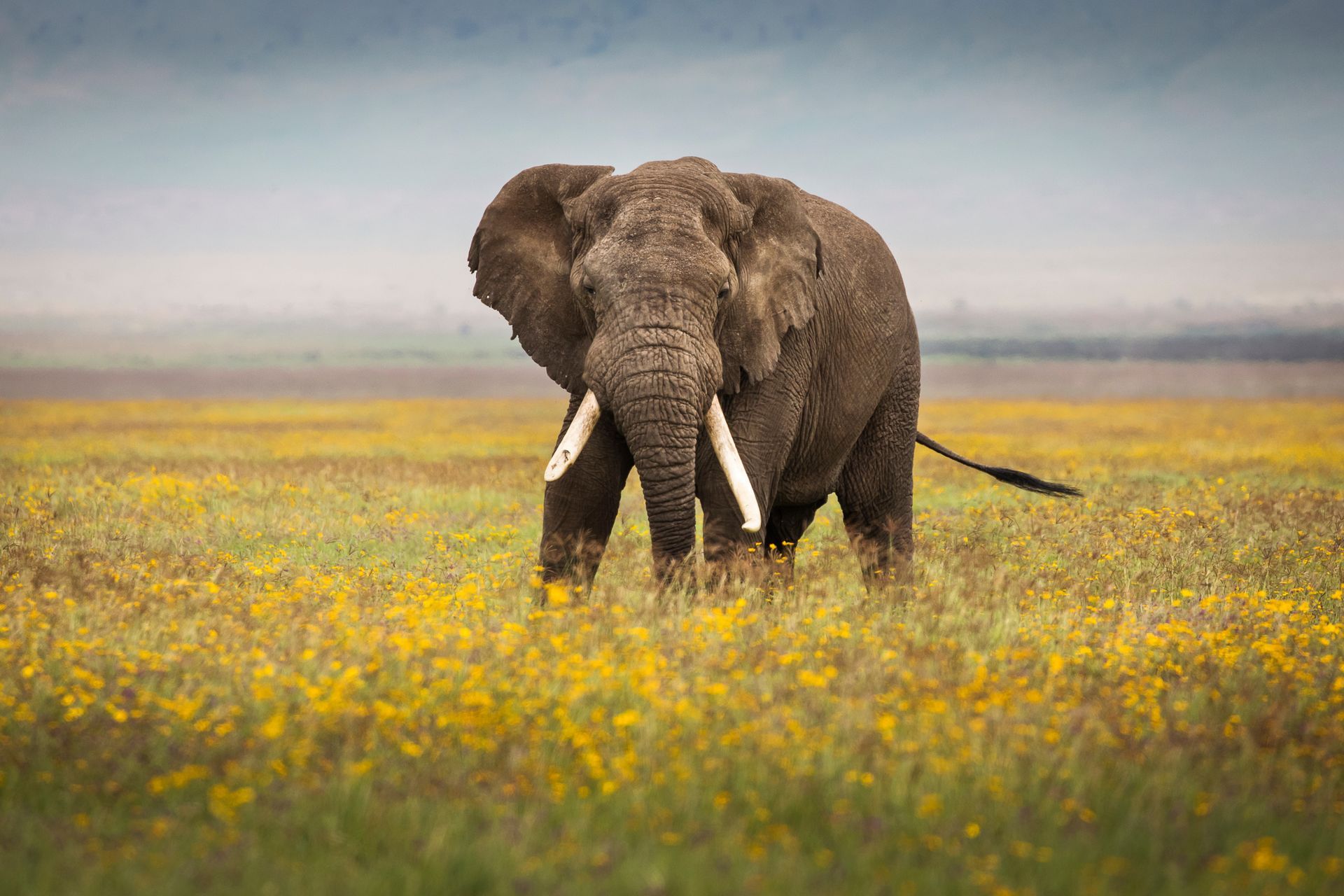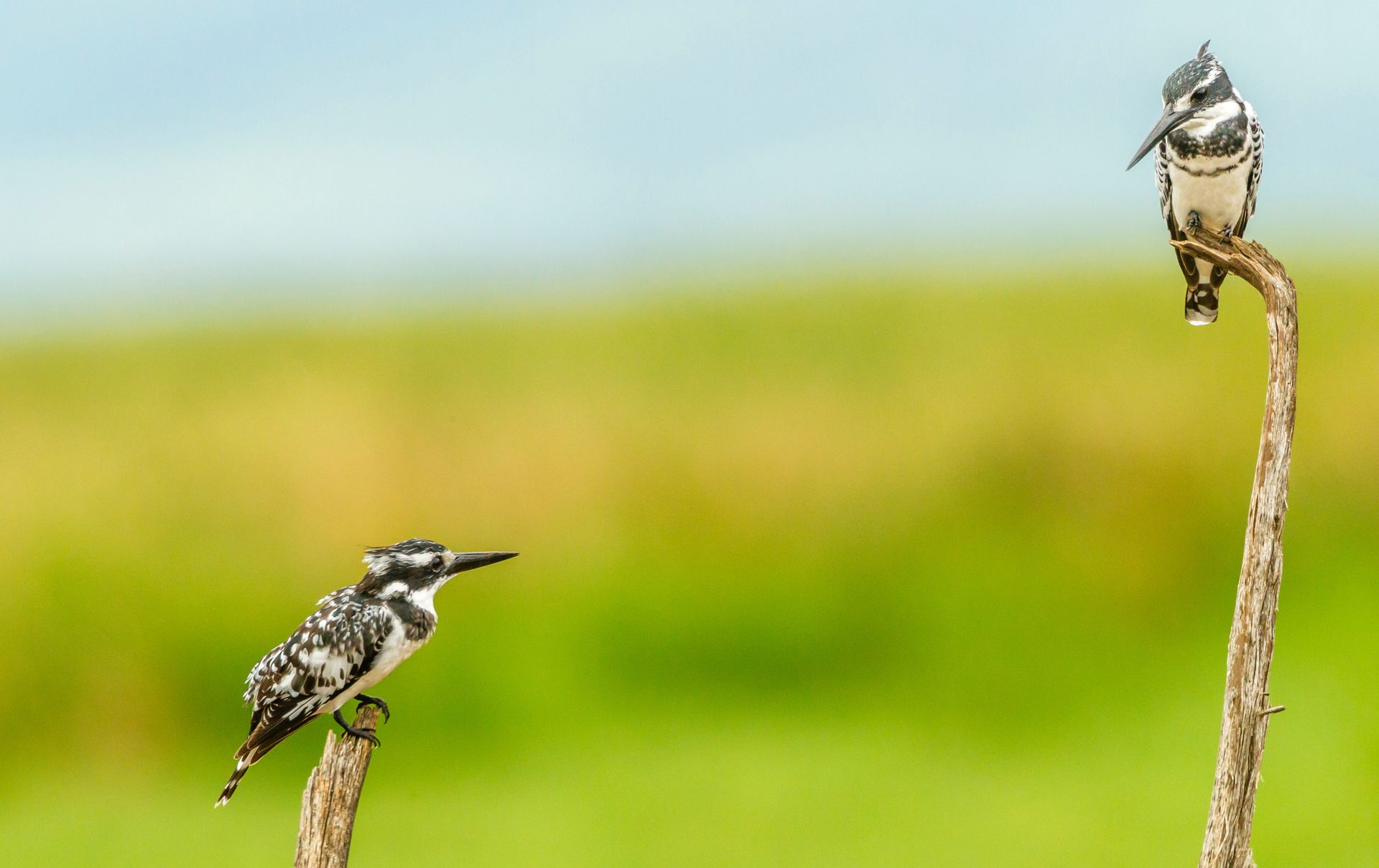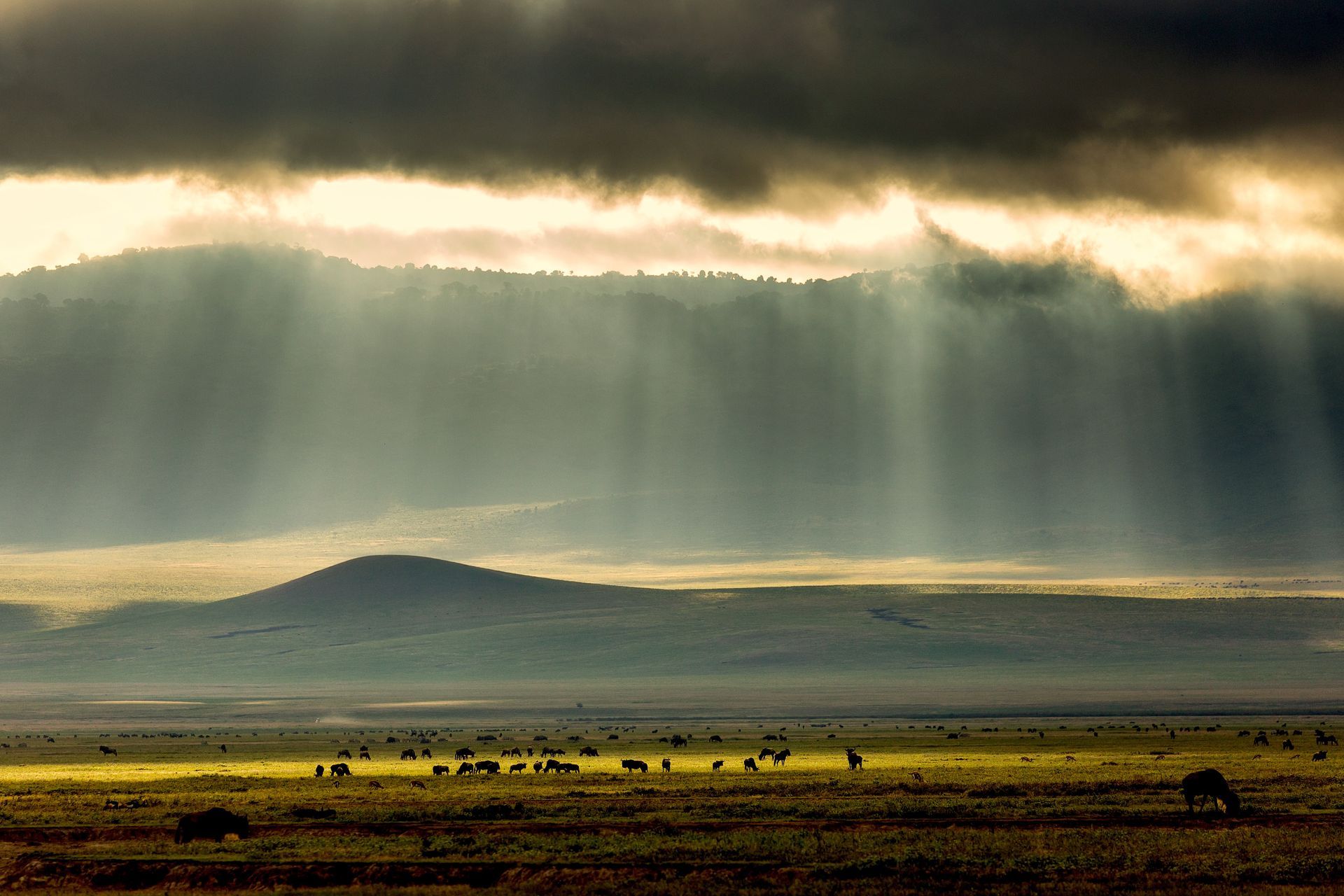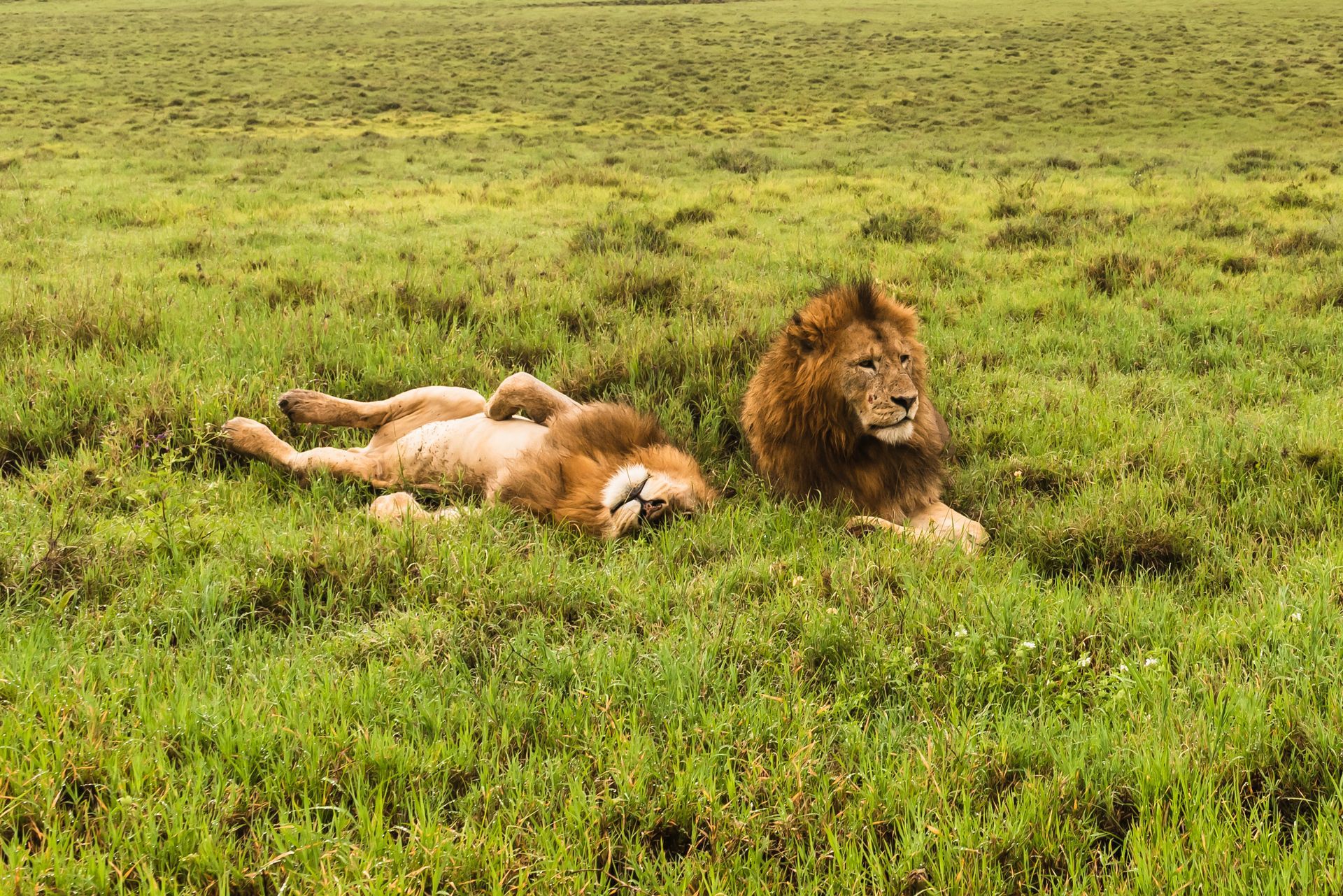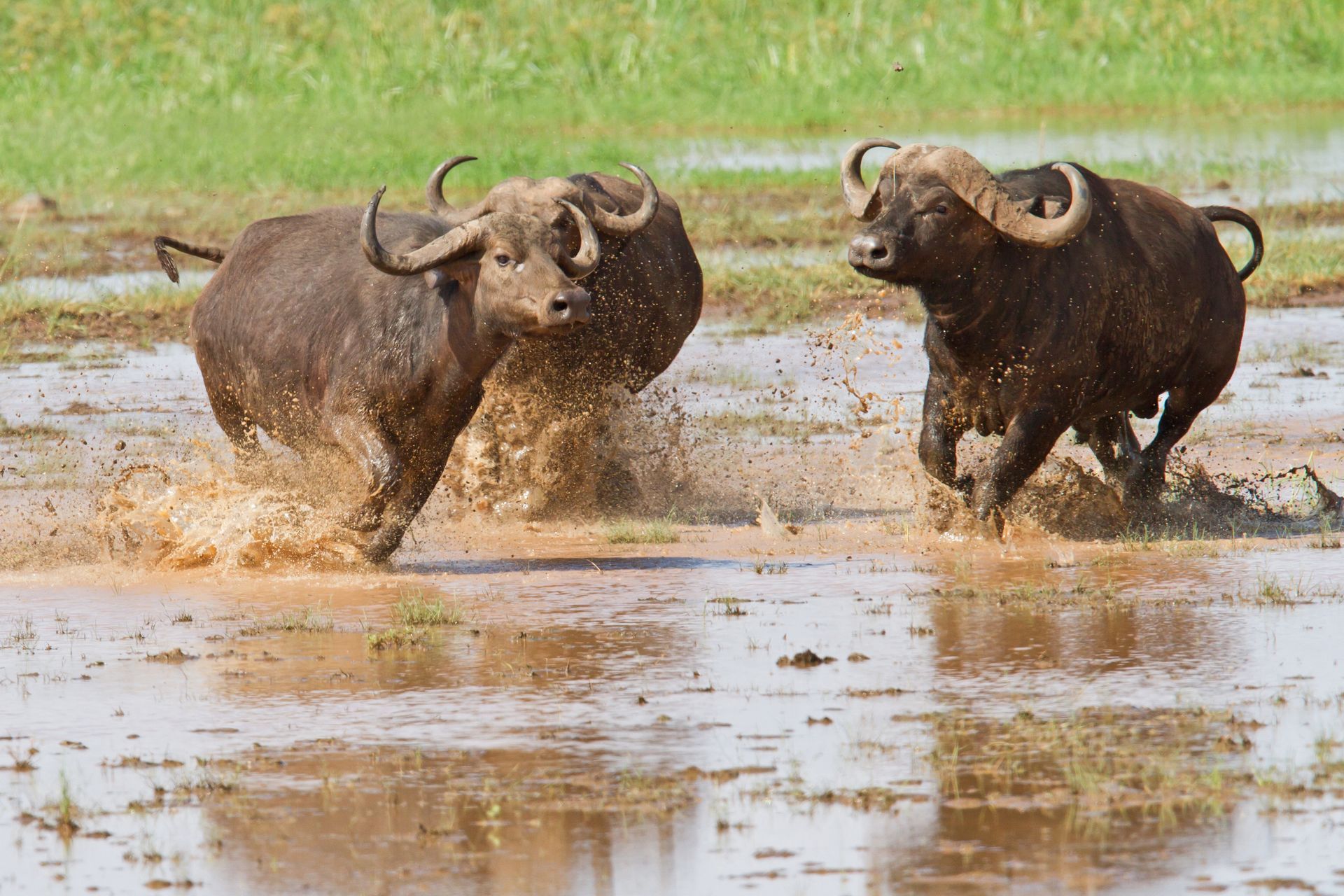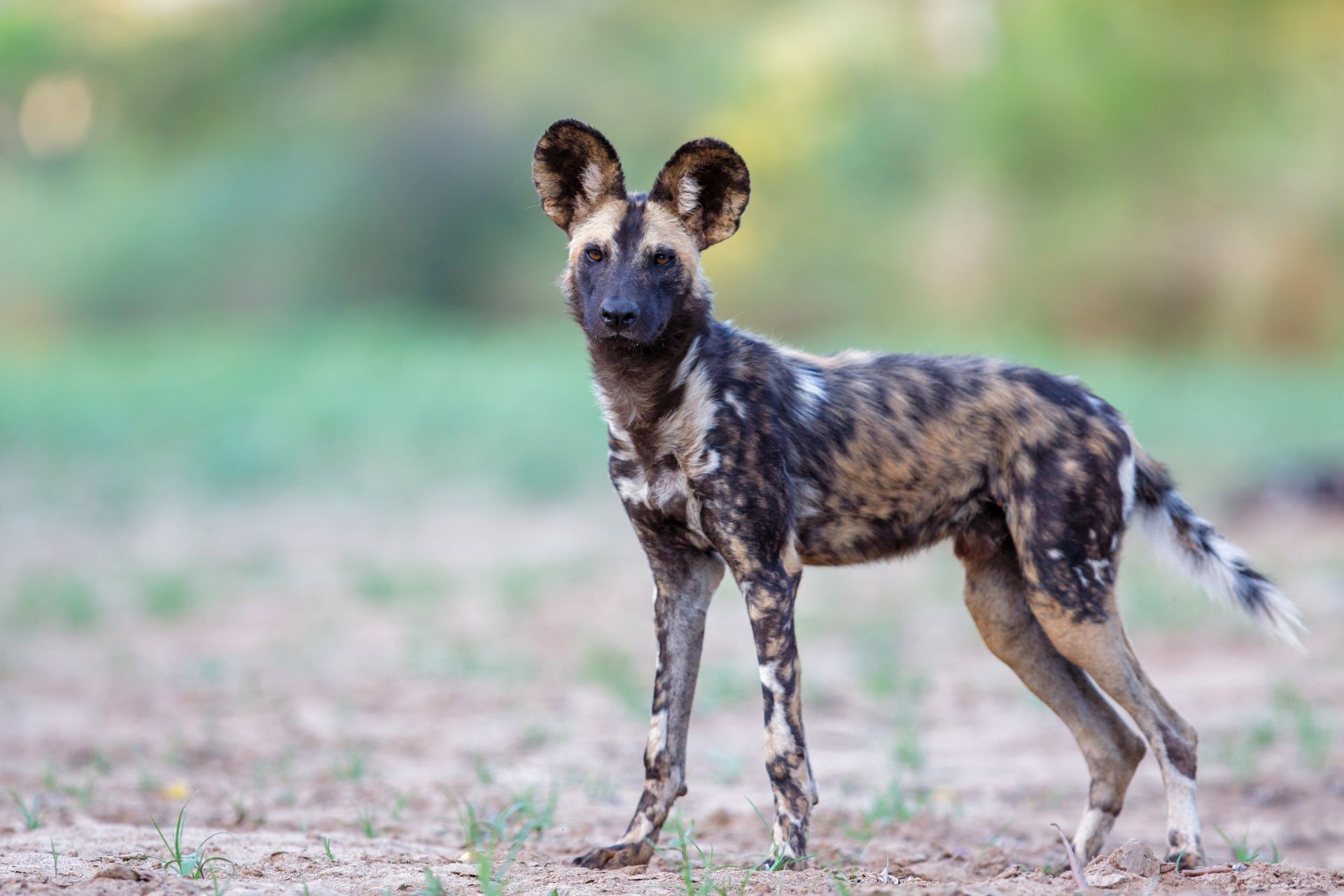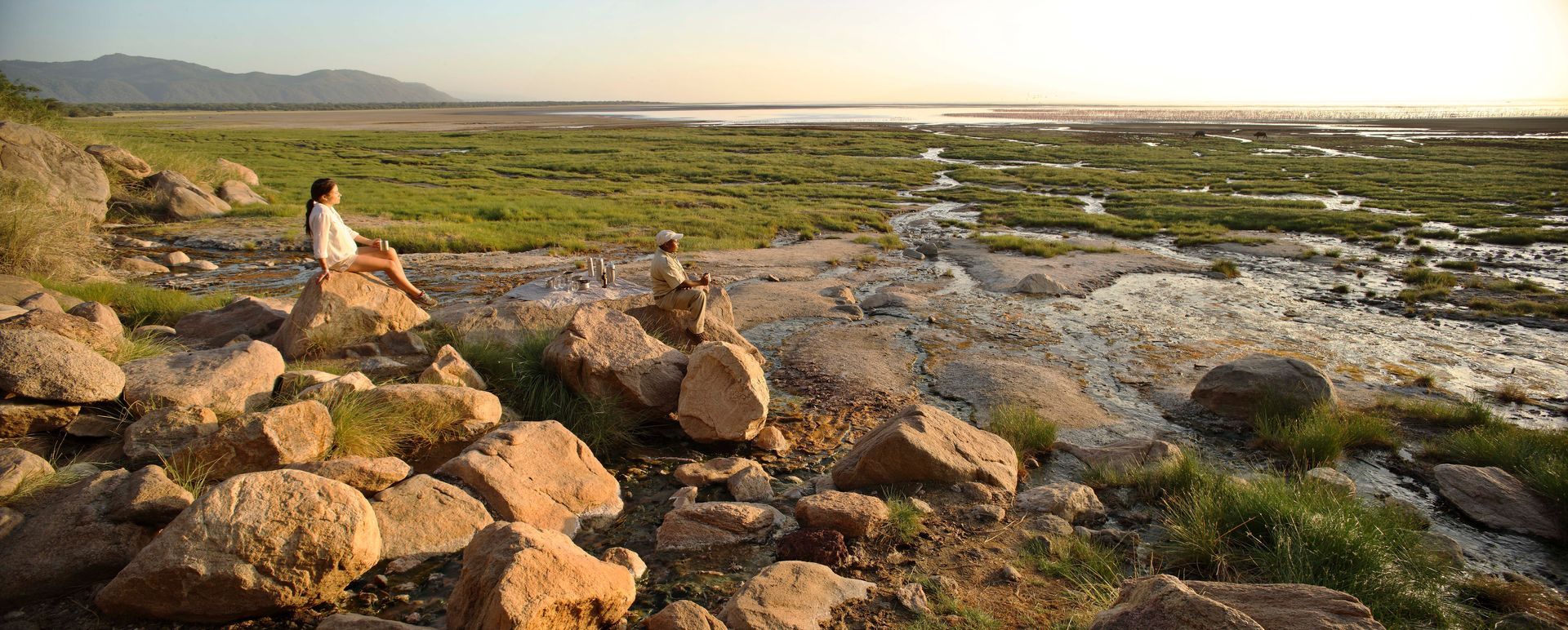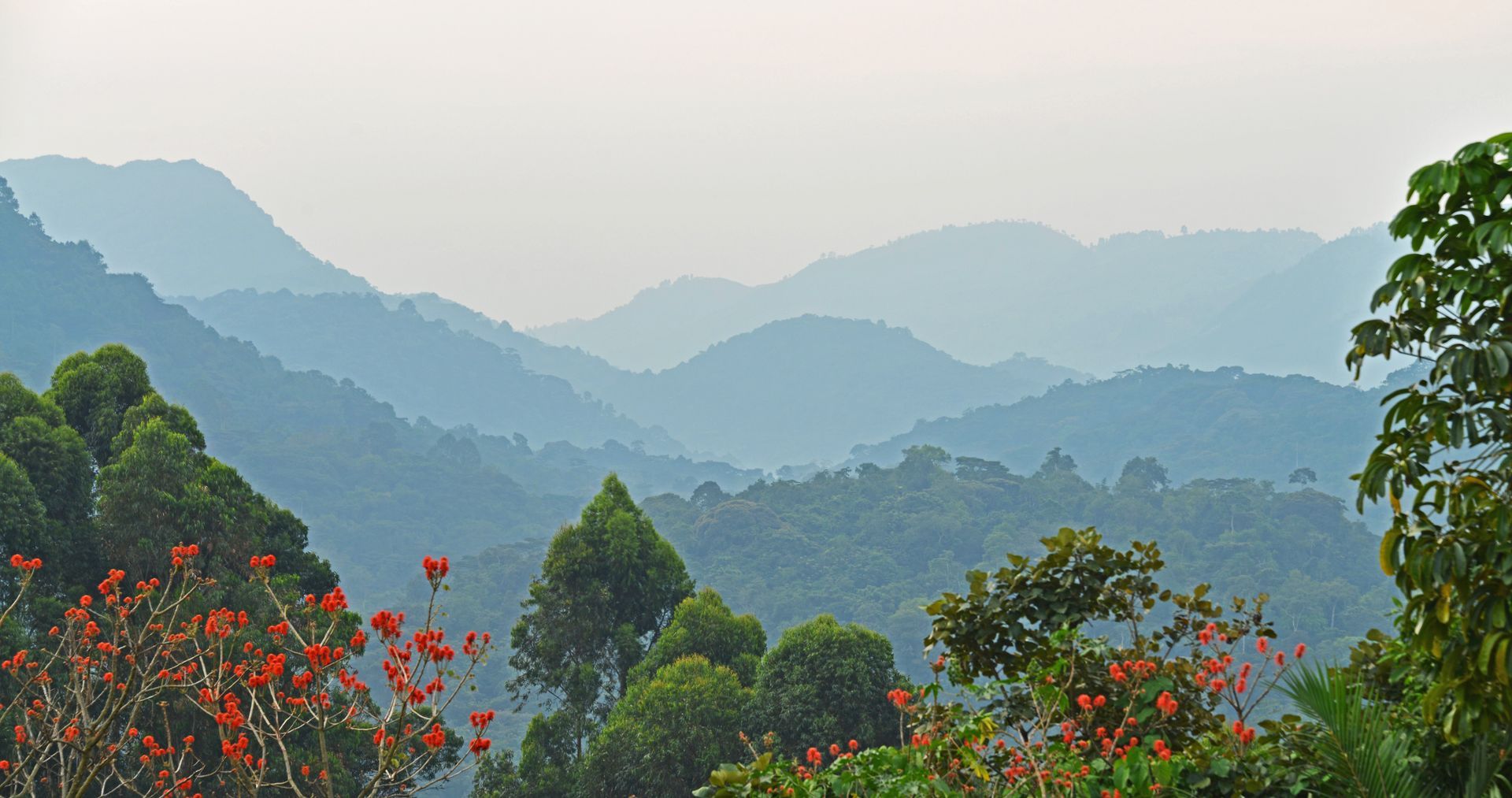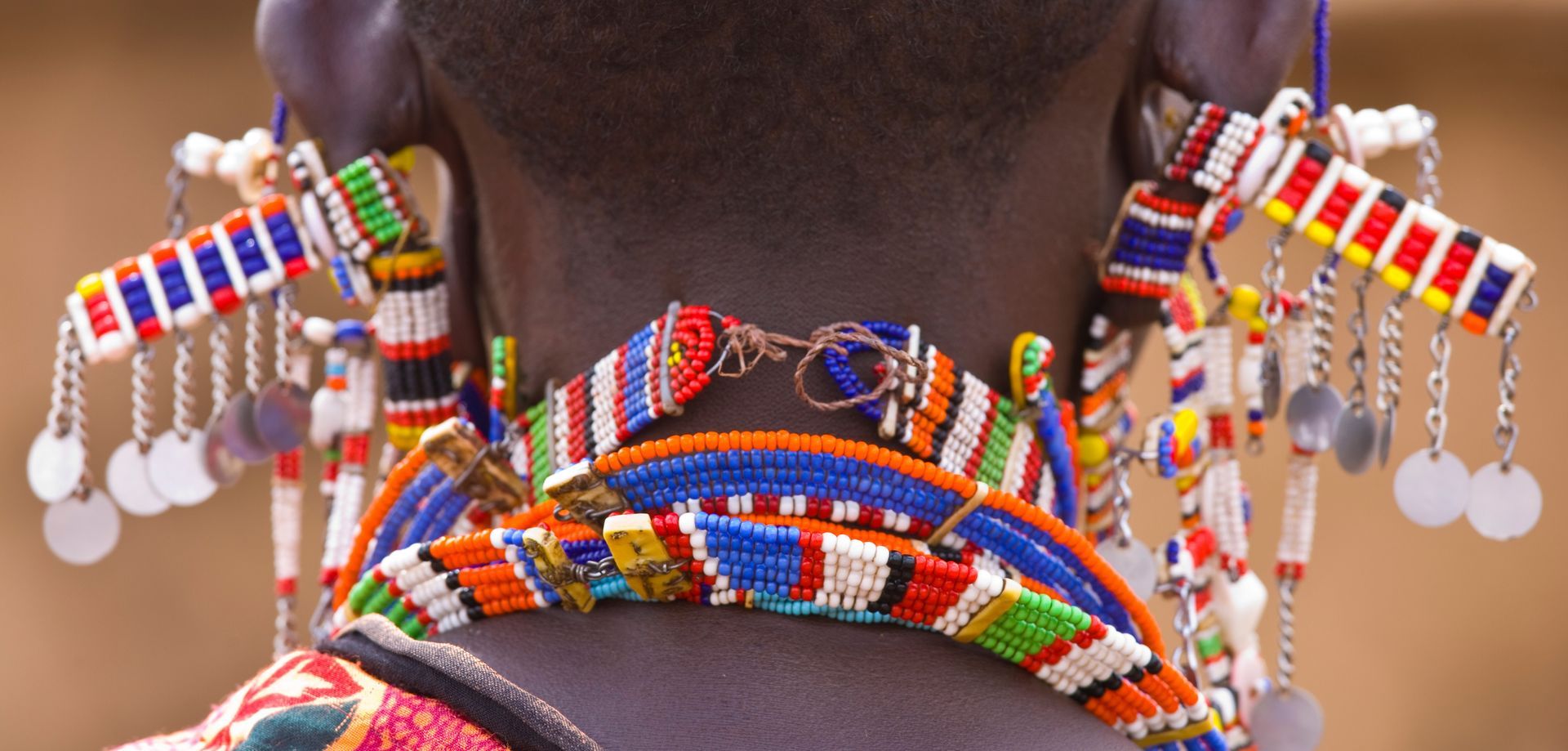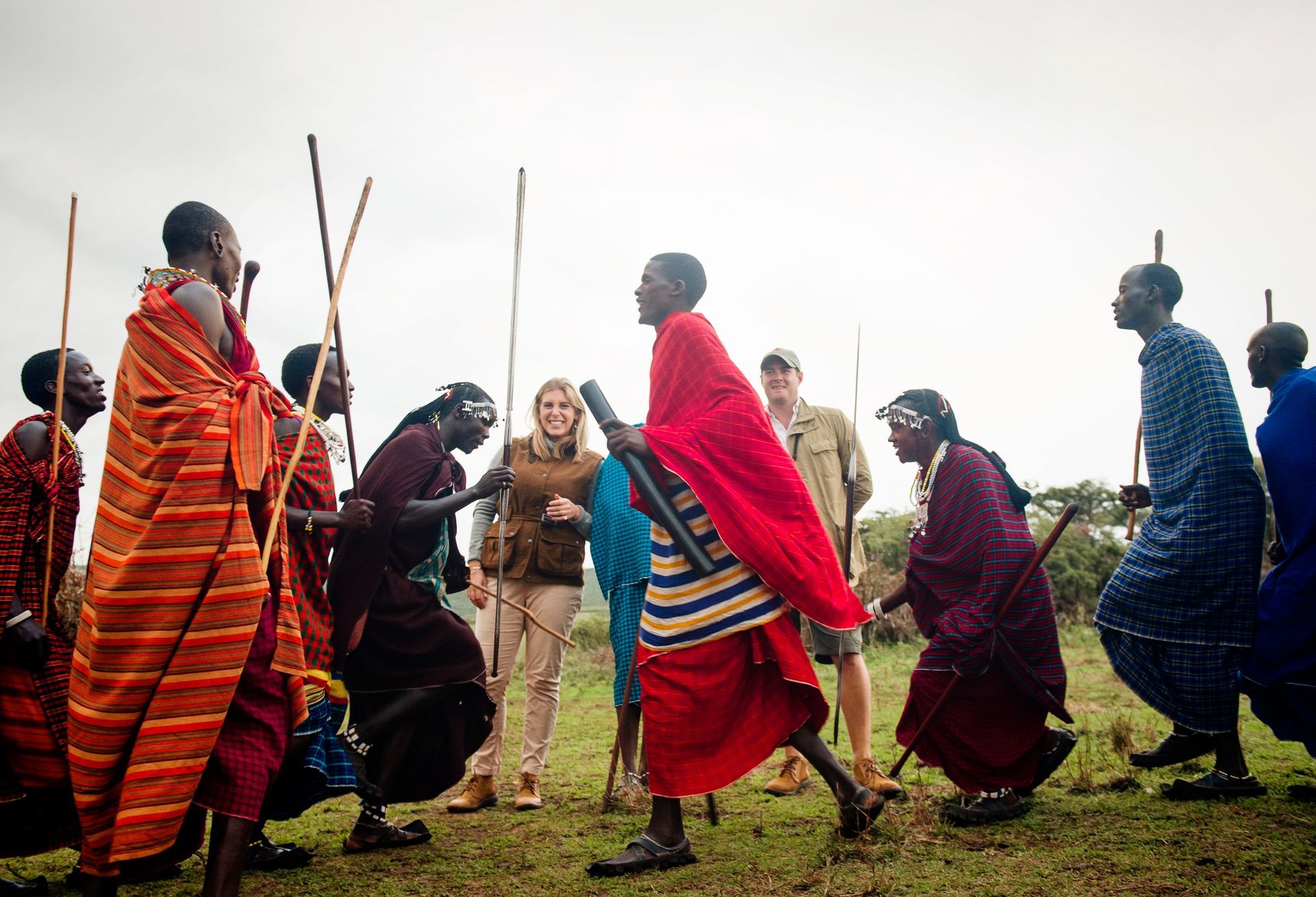The green season safari guide
Discover the magic of Tanzania at its most beautiful
For many, the natural temptation when planning a safari to Tanzania is to aim for the dry season - July to October - when the Northern Circuit is focussed on the Great Migration and the weather is reliably dry. And while this period will always be popular (for good reason), those in the know also understand the quiet brilliance of the green season: a spectacular window of safari possibility that runs from November through to May, often overlooked but deeply rewarding. This time of year holds persuasive benefits - not only for wildlife and wilderness lovers but also for guests seeking value, exclusivity, and a quieter safari rhythm. Let's find out why...
At the heart of the green season is the great southern Serengeti calving spectacle. For approximately six weeks, starting from late January, the vast herds of wildebeest and zebra settle on the rich, short-grass plains of the Ndutu and southern Serengeti regions. Over 8,000 wildebeest calves are born every day during the height of calving - a staggering figure that transforms the plains into one of Africa’s most remarkable wildlife theatres.
For predators, this abundance is an irresistible drawcard. Lions prowl openly in the daylight hours; cheetahs, perfectly adapted for these open plains, are often seen stalking; and the elusive spotted hyena becomes an ever-present shadow in the background. This is predator-prey drama at its rawest, and guests travelling in the green season are frequently rewarded with exceptional hunting scenes that rival the Mara River crossings for sheer intensity.
There are some great points to consider too. First, lower rates are often made available during the green season. Anderson & Harvey is renowned for guaranteeing the best rates possible in Tanzania thanks to its extensive list of trusted partners so when it comes to green season safaris, there's no one better at getting you value for money.
Green season availability is also markedly better than in peak months, which is especially valuable when accommodating last-minute requests or fitting multi-generational family groups into single camps. When we are working to tailor bespoke journeys for you and your clients this flexibility can be an unexpected blessing.
The green season also delivers solitude - something in increasingly short supply in other safari hotspots. Travellers who value exclusivity and space will find the southern Serengeti a revelation at this time of year. Game-viewing vehicles are few, the plains feel endless, and guests frequently enjoy sightings of lion, cheetah or large herds without another vehicle in sight. For repeat safari-goers - those who have done the Migration crossings or the Ngorongoro Crater in high season - this can be an irresistible pitch: East Africa without the crowds.
A further advantage, often overlooked, is the photographic quality of this time of year. The landscape - lush, alive, and punctuated by dramatic skies - provides superb backdrops for wildlife photography. Predators are easier to spot against the brilliant green grasses, and the softer, more diffused light (thanks to occasional passing storms) is ideal for capturing striking images. There are also baby animals everywhere and the skies are filled migrant birds, so for those with even casual photography interests, this is worth flagging - many end up returning home with far more impressive photographic records than from a dusty dry-season safari.
Weather can concern some, but here the reality is often better than the perception. The green season is not the wet season proper; the short rains of November and December have usually passed, and the long rains of April and May are still weeks away. January through March typically sees occasional dramatic storms - short, sharp and thrilling - but far more sunshine than many guests expect. Temperatures are warm but not oppressive, and the grasslands are at their most nourishing and picturesque.
Moreover, for those looking at longer itineraries, the green season allows for thoughtful combination trips. The Ngorongoro Crater remains productive, Lake Manyara offers lush forest scenery and active birdlife, and Tarangire - though quieter - retains pockets of resident game. Safari circuits can be planned to include the southern Serengeti followed by downtime in Zanzibar, which is dry, warm, and perfect for beach extensions in these months. The result is a deeply satisfying balance of wilderness and relaxation, well-suited to honeymooners, families, and active retirees.
We favour low-impact, high-quality safari experiences, so the green season aligns perfectly with our brand values: fewer vehicles, better wildlife moments, and a sense of authentic wilderness discovery. All of this makes the green season a persuasive option. For seasoned travellers, the promise of predator action, fewer crowds, and a more relaxed safari tempo could be the fresh angle they didn’t know they wanted. Likewise, photographers, birders, and natural history buffs will immediately understand the appeal.
Done right, this is not a compromise season - it is the safari connoisseur’s secret.
